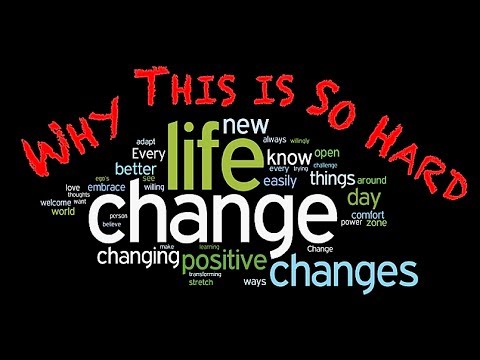- Find the challenge – where, when and with whom or what is the difficulty occurring
- Identify the best support – this should be a support that is effective for you and for your child.
- Visual supports – checklists, activity pictures, steps that break down the task into easy-to-remember chunks
- Auditory supports – timers, music, verbal reminders. Use these together and in stages, do not expect the result to be instantaneous, but rather, provide multiple reminders to set them up for success.
General Info
Trouble with Transitions: tips for setting your child up for success!
Transitions – changing task, going from one place to another – can be hard for many people, but especially for those with Autism Spectrum Disorder. Here are a few facts and strategies that might help to ease some of the challenges that you might be encountering.
Understand the Challenge
Transitions require that one activity be stopped and another begun or, one location left and another entered. If a child is leaving a preferred activity or location for one that is less reinforcing, this can be distressing. For example, leaving home to come to school, putting away a favourite toy or game or even moving from a familiar setting to an unfamiliar setting. These transitions represent a change in routine and a shift in attention. Changes in routine and shifts in attention can be difficult for children and teens with ASD, which is why it is essential to understand ways to support them.
Identify the Transitions
Fluidity and transition are a staple in our day to day lives, both at home, school and in the community, so much so that we may not even notice when we have asked a child to do something that represents one. To help smooth tough transitions, the first step is to determine where, when and with whom or what a difficult change is occurring.
In a classroom setting for example, many students have difficulty during transitions that occur between subjects and instructional formats. These types of transitions happen often during the day and may or may not require a student to change location. For example, switching from partner to independent work or from math to science. These transitions can be more difficult when accompanied by multi-step verbal instructions that can be confusing and hard to follow. (ie “Okay class, put away your yellow duotang and get your green geography book and find your project partners.”)
Identify the Appropriate Supports
Transitions can be supported before, during and after they occur and can be presented in a visual or auditory format. Talk to your child’s team about the specific approach that they recommend.
Visual Transition Supports
A variety of visual supports have been demonstrated as effective in research and practice. These can include priming with pictures or text so that an activity can be more predictable and cueing with visual cues. This can look like providing pictures of each step of an activity, like using the toilet properly or steps to prepare for a test. Some students may use a visual schedule to remind themselves of what will be coming next or checklists that can tell them their next steps.
Auditory Transition Supports
The simplest auditory support is an advanced verbal warning. It can be helpful to stage a few of these warnings before asking a child to transition. This would sound like “In five minutes, we are getting ready to go to the park.” Followed by another warning at two minutes and maybe one at 30 seconds.
Other auditory supports can include timers, music or other sounds. These can be particularly helpful when trying to instil independence in transitions. For example, a child can set his or her own timer for an activity and be cued to change from that task when the timer goes off.
To Wrap it All Up
The goal of these supports is to reduce latency (i.e., the amount of time that it takes to complete a transition), decrease challenging behaviour and promote independence during transitions.
Transitions are everywhere – the one constant in life is that it is always changing. These will be encountered at school, at home and at work. This is why it is important to provide support and opportunities to practice these skills. Talk to your child’s team to learn more about these strategies today!
Quick Transitions Top 5 Take Away Tips


